Walter Sickert at Tate Britain
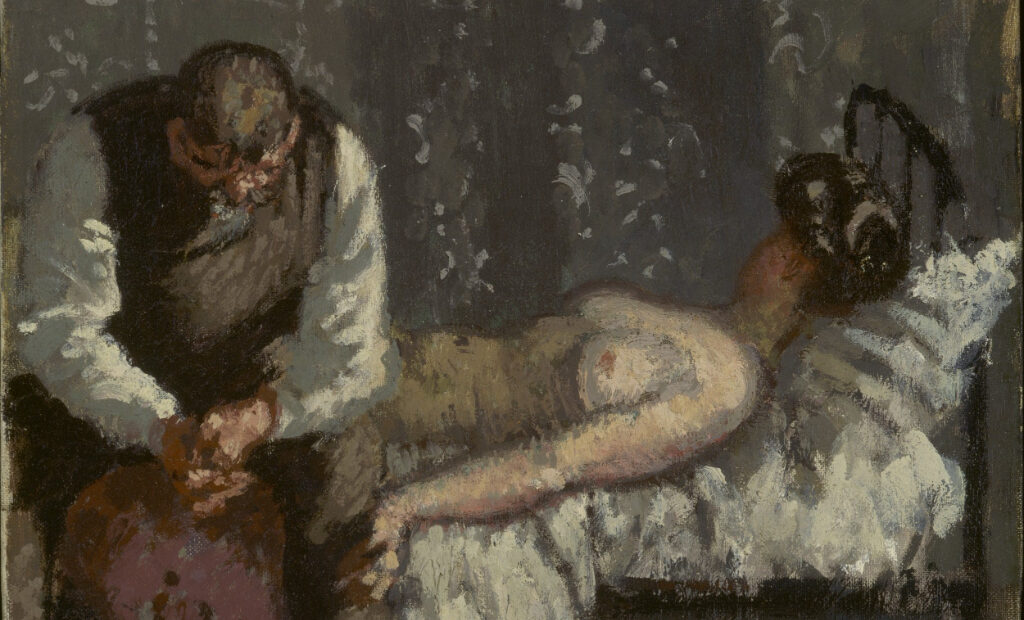
This eight-room exhibition focuses on Walter Sickert’s artistic career and the influence others had on his eclectic and ever-changing style. From the painter’s self-image, through to his perspective on the theatre and talent for capturing other people’s emotions in oil, across the controversial Camden Town Murders and ending on his later, larger and more realistic photograph-based works, this show is a detailed and time-consuming expedition into the artist’s work.
Sickert’s career spanned decades and took on many forms. In the first room, we are greeted with his mutable identity captured in self-portraits. Against a backdrop of yellow walls, one particularly eye-catching piece stands out: Lazarus Breaks His Fast. The sombre subject matter (this was painted soon after Sickert had recovered from a serious illness) contrasts with the orange hair and light colours. Here, the artist looks almost monkey-ish in the way his hair and face are presented, yet the painting is still a serious and melancholic depiction of recovery and perseverance.
The display then explores Sickert’s role as an apprentice and the influence of James Whistler and Edgar Degas on his work. Side by side, you can compare Whistler’s dark tones with Sickert’s evolving richer palette – as seen in The Red Shop, with the orange storefront and rustic colours, compared with Whistler’s more subdued pale tones in The Priests Lodgings.
The former actor had a fascination with the theatre and spent many of his evenings visiting music halls. This retrospective explores how he played with perception, with pieces either focusing on the audience or reflecting the stage through a mirror. Brighton Pierrots is a sad, colourful war-time piece showing brightly dressed performers addressing a nearly empty crowd.
The artist is also known for his portraiture and for capturing the sitter’s personality. Cecily Hey, a close up of a woman with sunken eyes and an upturned nose, illuminated by a light reflecting from outside the painting, is particularly striking because it’s so unflattering, yet mesmerising.
The positioning of the Camden Town Murder series with Sickert’s take on the nude is interesting, perhaps hinting at a sexualisation of violence in his work. The significance of this series, especially with the posthumous (and rather bizarre) allegations that he was Jack the Ripper, isn’t explored, and instead this room highlights how Sickert showed quieter, sadder forms of conflict in his work, with couples physically close but looking in different directions, allowing the viewer to project their own experiences onto the pieces.
This exhibition successfully educates the viewer on Sickert’s art, but what appears to be missing is the man himself. Most of the less flattering interpretations of who Sickert was are pure speculation, and perhaps the Tate Britain isn’t the place to fan those flames, but a bit of intrigue wouldn’t have gone amiss.
Sophia Moss
Walter Sickert is at Tate Britain from 28th April until 18th September 2022. For further information visit the exhibition’s website here.



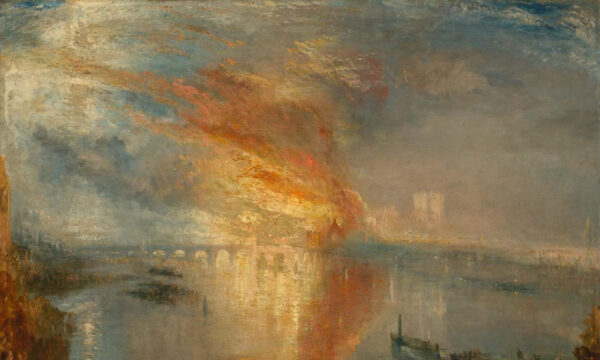

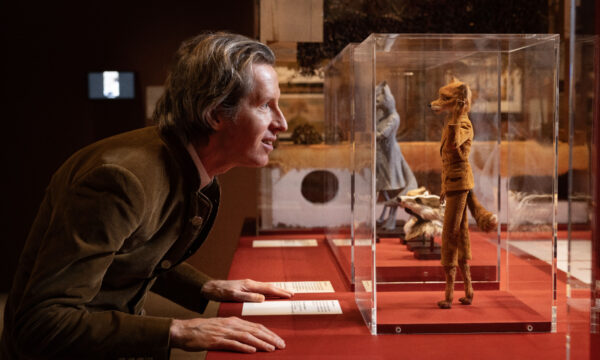

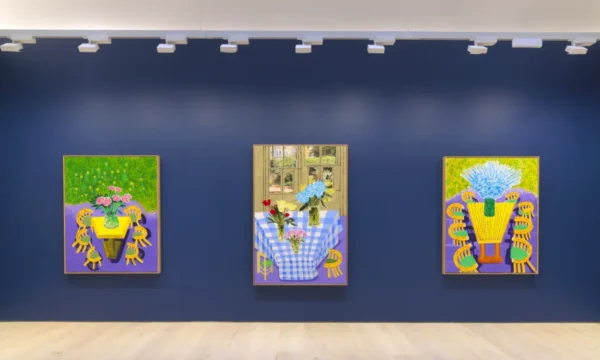
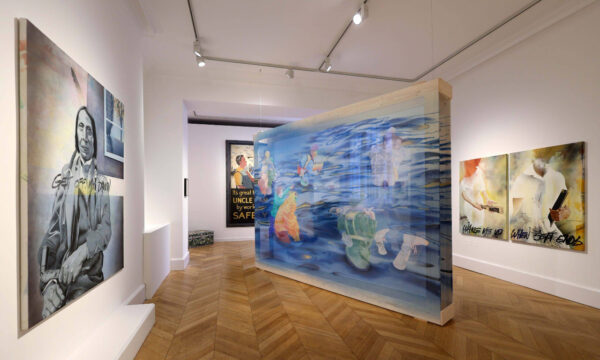
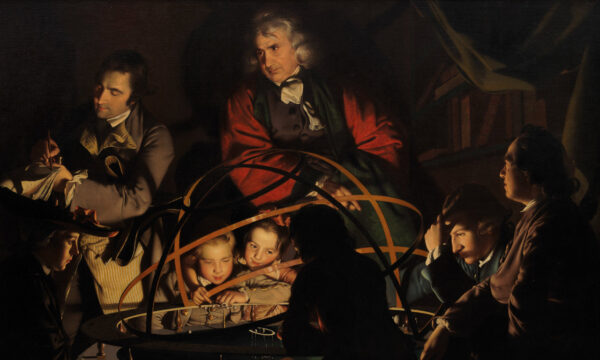
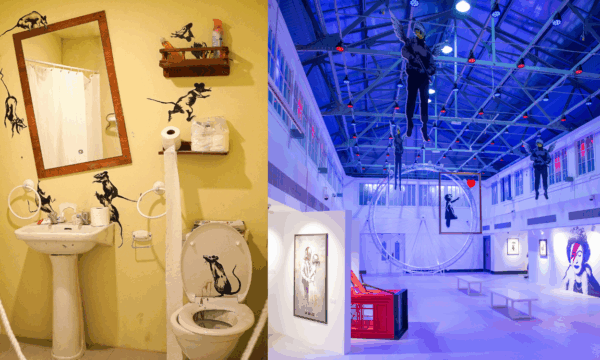















Facebook
Twitter
Instagram
YouTube
RSS